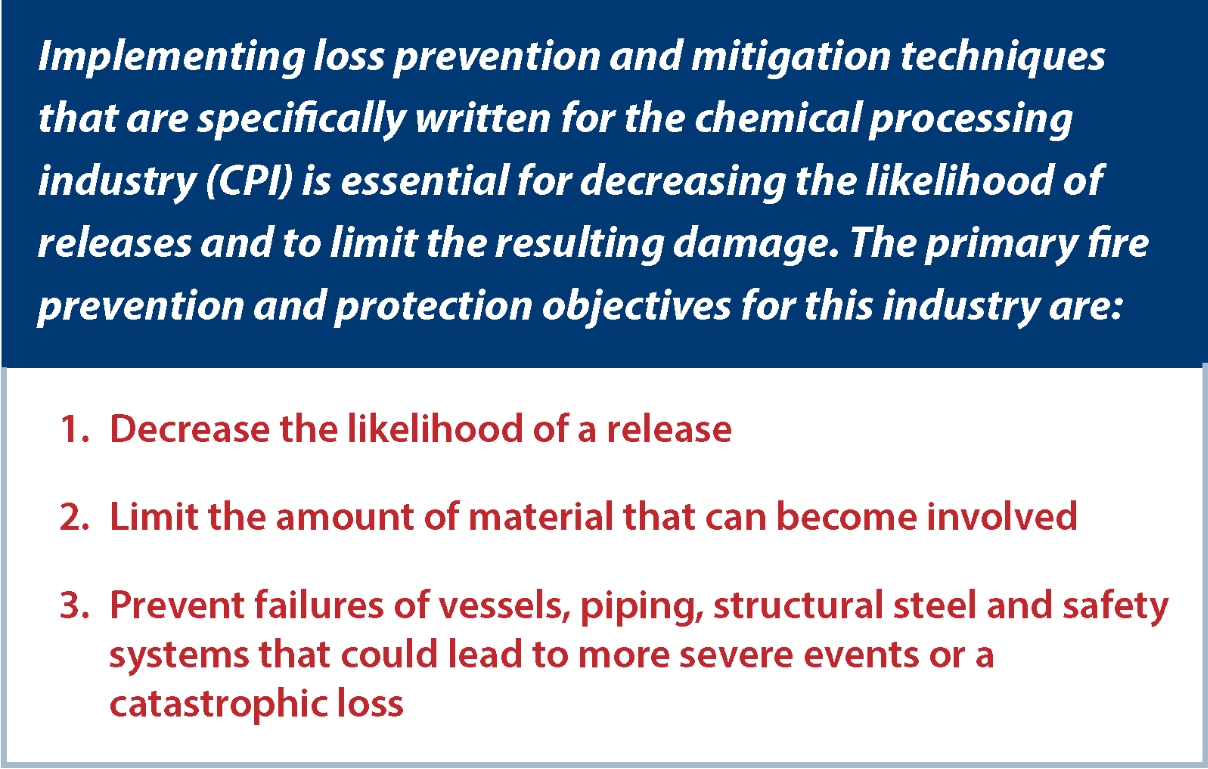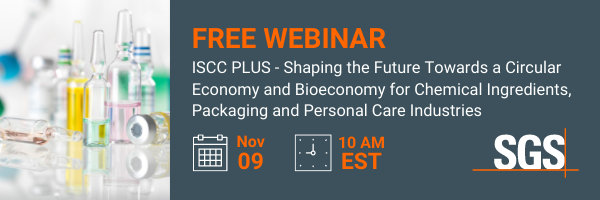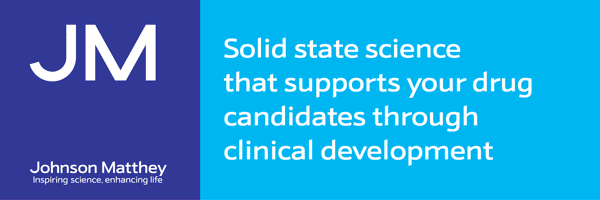Regulations & EHS&S
Chemical process safety and fire protection 19th June 2019
By Ron Melucci, Tyler Faszewski and Janet Persechino of Engineering, Planning & Management (EPM), Incorporated
The experts at Engineering, Planning and Management (EPM), Inc highlight the importance of implementing loss prevention and mitiga
The experts at Engineering, Planning and Management (EPM), Inc highlight the importance of implementing loss prevention and mitigation techniques that are specifically written for the chemical processing industry.

In any chemical process the fundamental principles of process safety should be applied to decrease the likelihood of a release. Similarly, the fundamental principles of fire protection should be applied for mitigation of consequences. It is important that these two key elements are administered and reviewed by experts in process safety and fire protection to ensure adequate protection schemes are employed.
Focusing on process safety guidance from the Occupational Safety and Health Administration (OSHA), Environmental Protection Agency (EPA) and other relevant industry practices geared specifically for chemical process safety management will decrease the likelihood of releases and catastrophic loss. Fire protection practices are outlined in the National Fire Protection Association (NFPA) Fire Code NFPA 1 and the International Fire Code (IFC). These process safety and fire protection methodologies work in tandem to achieve loss prevention and mitigation.
The applicable codes require Process Hazard Analyses (PHAs) and Fire Hazard Analyses (FHAs) for most new chemical plants and those undergoing changes. The codes state that the analyses are to be performed by someone with expertise in chemical process safety and fire protection.
Additional building and system safeguards are often implemented as a result of these structured and systematic analyses. This can include improved exothermic reactor vessel cooling systems, isolation valve installation, pipe rack protection, etc. FM Global Datasheet 7-14, Fire Protection for Chemical Plants, indicates that over 60% of the surveyed chemical plant losses between 2003 and 2014 were attributed to equipment design problems and operator error. These items are evaluated when the correct hazard analysis methodology is employed. A PHA will include an evaluation of adequate system safeguards and human reliability aspects. This type of comprehensive review should decrease the chance of having a loss due to a design or human element issue.
Chemical plants require more specialized fire protection features and systems than most industrial facilities. The extreme hazards associated with the CPI can quickly lead to a cascading sequence of events that can result in a catastrophic loss.
An unwanted release of flammable liquid, if not properly controlled, can result in a fire that can overtax sprinkler systems within several minutes. Such uncontrolled fires can compromise the integrity of vessels, piping, process safety systems or structural steel elements. This can lead to a collapse of process equipment and structures, loss of process control and overtax the fire protection systems.
A sprinkler system may control a chemical plant fire by cooling and wetting surrounding areas but may not extinguish fires involving flammable gases, liquefied flammable gases and low flash point flammable liquids. Additional consideration may therefore be needed for special fire protection systems that protect critical equipment from fire damage, particularly where loss of equipment/components can result in catastrophic losses as described above.
The fire protection systems should be designed in conjunction with, or in consideration of, the PHA. The PHA will include identification of critical equipment that is needed to prevent catastrophic loss and will estimate the likelihood and severity of unwanted releases.
Fire protection system design for chemical plants with flammable liquid hazards requires careful consideration of the fire code requirements as well as other requirements such as NFPA 30, Flammable and Combustible Liquids Code, and the guidelines in FM Global Datasheet 7-14, Fire Protection for Chemical Plants. Installation guidelines such as NFPA 15, Standard for Water Spray Fixed Systems for Fire Protection and NFPA 13, Standard for Installation of Sprinkler Systems, are also applicable.
To meet the fire protection objectives and thus loss mitigation, both passive and active fire protection features and systems should be implemented. Common and effective features include:
- Passive protection
– Spatial or fire barrier separation
– Fire proofing of structural steel/equipment supports
– Containment and emergency drainage - Active protection
– Area-type automatic sprinkler or deluge protection
– Fixed directional deluge water spray protection
– Safety shut-off valves.
Active fire protection should cover all areas where a flammable liquid release may flow. Containment systems may include emergency drainage that drains to a secondary containment area to help remove the released liquid and discharged water to an impoundment area that is located far from equipment and buildings.
Installation of sprinklers close to the ceiling may not be effective in many CPI applications. Sprinklers are often installed far below ceilings, or below open metal grating, which can significantly delay sprinkler activation. There are two common reasons for this:
- Stratification – There may be insufficient fire plume buoyancy and temperature at high ceiling levels. It is imperative that sprinklers activate in the first several minutes of a fire and even this type of small delay in sprinkler activation, especially given the high hazard materials involved in the CPI, can mean complete loss of fire control which can result in a catastrophic event
- There may be no ceiling jet formation to cause sprinkler activation as in the case of a fire occurring below open metal grating. Improper sprinkler system design can lead to complete loss of fire control and a catastrophic loss scenario
Due to the installation challenges, sprinklers with heat collectors installed far below ceilings and below metal grating, have become standard practice. For this type of design, sprinkler activation is only achieved if the sprinkler(s) are located within the fire plume geometry (i.e., close to the vertical axis of the fire plume), to intercept the buoyant hot gases needed to actuate the sprinkler fusible element that allows the application of water.
The industry guidelines for such sprinkler design are not specific, prescriptive requirements. Therefore, a performance-based analysis is required of the fire protection engineer. NFPA 13 Standard for the Installation of Sprinkler Systems, does not specifically address the spacing requirements for sprinklers installed under open metal grating. However, section 8.5.5.3.4 of the 2016 edition of NFPA 13 contains the following verbiage: “Sprinklers installed under open gratings shall be of the intermediate level/rack storage type or otherwise shielded from the discharge of overhead sprinklers.” The annex material elaborates that shields (not heat collectors), should be installed on sprinklers under open grating. The shields are intended to protect sprinklers from discharge of overhead sprinklers, but the intent is often misunderstood as heat collection.
NFPA 13 Section 8.5.4.1.4 states: “Heat collectors shall not be used as a means to assist the activation of a sprinkler.” Studies have shown that “heat collectors” can actually delay the activation of the sprinkler by forming a dead air pocket. For sprinklers installed far below solid ceilings or below metal grates, sprinkler activation is only achieved as stated above, if the sprinklers are within the fire plume geometry.
Sprinklers are sometimes installed far below the ceiling or below metal grate platforms for protection of critical equipment. This may include directional sprinklers or nozzles to provide exposure protection to the vessel or equipment, in lieu of fire extinguishment or control. This can often be the preferred fire protection approach to mitigate fire damage. The exposure protection objective described in NFPA 15, Standard for Water Spray Fixed Systems for Fire Protection, notes that the protection objective is to keep the vessels and other critical equipment sufficiently wet and cool to protect these assets from fire exposure.
The CPI faces unique challenges when it comes to automatic sprinkler protection. This type of protection can be used for different purposes in the CPI. An assessment of the risk, plant layout, and overall loss mitigation goals will help decide which protection option is best suited to the application. Due to the subjectivity and lack of definitive industry guidance for every situation, a qualified fire protection engineer and process safety expert should make the fire protection and safety design decisions described herein.
The overall conclusion is that process safety must be applied for loss prevention to decrease the likelihood of a loss occurrence and this should be combined with active and passive fire protection for mitigation of consequences. These topics should not be considered separately, but viewed as working in partnership as proactive and reactive systems. It is important that these subjects are administered and reviewed by experts in fire protection and process safety fields to ensure adequate protection schemes are employed.
Authors:
Ron Melucci, Janet Persechino and Tyler Faszewski of Engineering, Planning & Management (EPM), Inc, 959 Concord Street, Framingham, MA 01701, USA
T: +1 508 875 2121
For more information, contact Janet Persechino at jap@epm-inc.com or Ron Melucci at rbm@epm-inc.com



